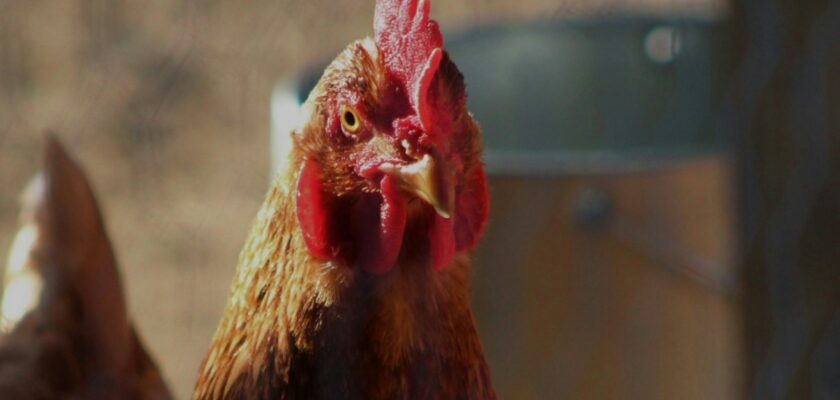Introduction
Roosters — with their bold strut, striking plumage, and early morning crows — are iconic figures in rural life and backyard farming. But one question has ruffled more than a few feathers: What is a group of roosters called? While most people are familiar with groups like flocks of birds or herds of cattle, when it comes to male chickens, the terminology and behavior can get… complicated. In this guide, we’ll dig deep into the world of roosters, explore their social tendencies, and answer your burning questions about their group behavior, habits, and care.
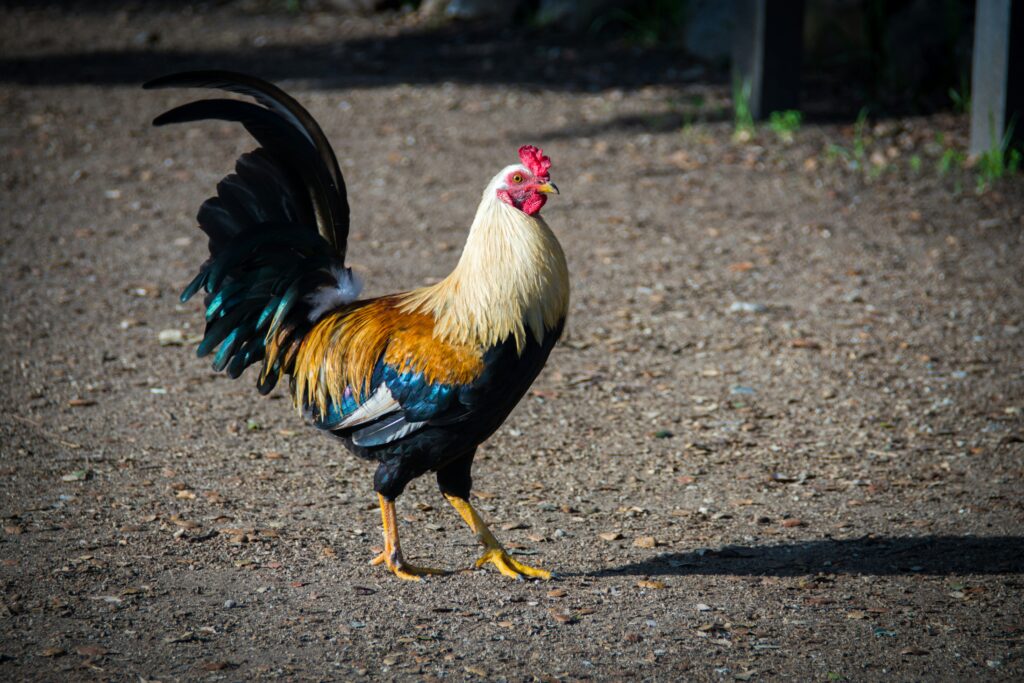
Photo by David Brooke Martin on Unsplash
What Do You Call a Group of Roosters?
A group of roosters doesn’t have a specific, universally accepted term like “flock” or “herd.” However, in general poultry terminology, they may still be referred to as a:
- Flock – This is the most common term used to describe a group of chickens, regardless of sex.
- Brood – Typically refers to a group of chicks hatched at the same time, often used with hens.
- Congregation of roosters – Rarely used, more poetic or colloquial.
That said, you rarely see multiple roosters grouped naturally due to their aggressive and territorial behavior. More on that below.
Common Terms for Bird Groups
Bird groups across species have some fascinating names:
- A murder of crows
- A parliament of owls
- A gaggle of geese
- A flock of chickens
But despite these colorful collective nouns, there’s no unique or official term for roosters-only groups in avian taxonomy.
Why Roosters Are Usually Not Grouped Together
Roosters are biologically programmed to compete for dominance and mating rights, which makes them poor candidates for peaceful group living. In most farm settings, you’ll only find one rooster per flock to prevent aggressive behavior and injury.
Rooster Behavior: Social or Solo?
Roosters are social in the sense that they interact with other chickens, but they’re far from cooperative when it comes to sharing space with other males.
The Territorial Nature of Roosters
Roosters are territorial leaders. Each one tries to dominate a flock of hens and defend its territory from rivals — even if that rival is a brother or former coop-mate.
If a second rooster is introduced without a proper setup, expect immediate posturing, chasing, and pecking.
Can Roosters Coexist Peacefully?
Yes, but it requires:
- Being raised together from a young age
- Adequate space
- A non-hen environment (removes the competition factor)
In backyard setups with ample room and no hens, “bachelor flocks” of roosters have been successfully maintained.
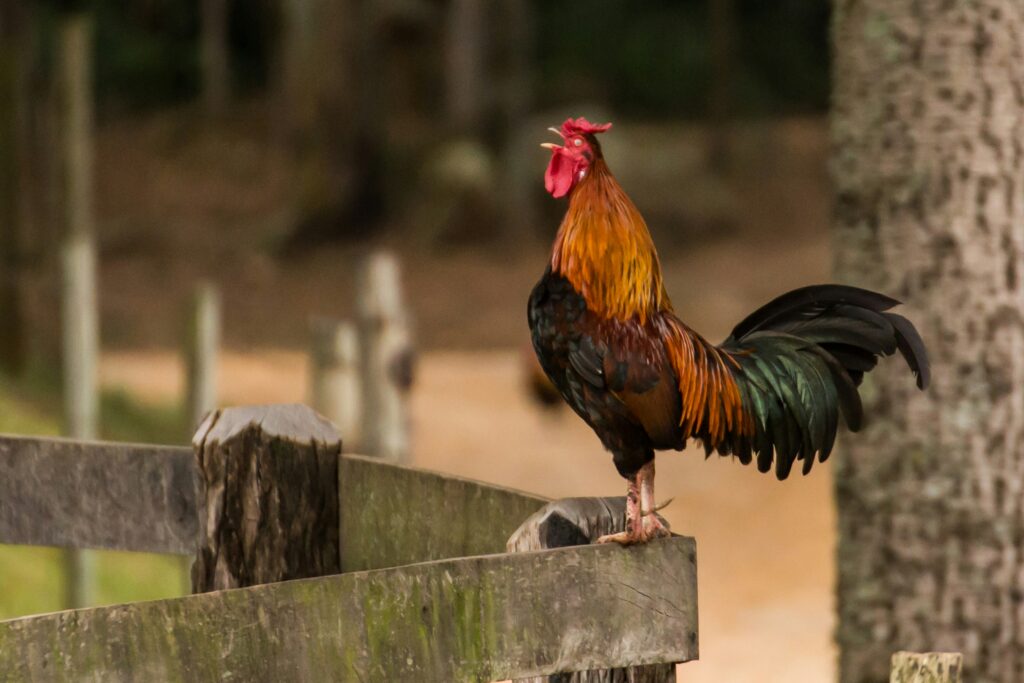
Photo by Ricardo Porto on Unsplash
Pecking Order: Understanding Rooster Hierarchy
“Pecking order” isn’t just a figure of speech — it’s an observable behavior among chickens, especially roosters.
Dominance in the Coop
- Alpha roosters get first dibs on food, roosting spots, and hens.
- Subordinate roosters either submit or challenge the dominant bird, often leading to brutal fights.
Signs of Aggression Among Roosters
Watch out for:
- Flared hackles (neck feathers)
- Wing beating
- Spur attacks (roosters have sharp spurs on their legs)
Roosters vs. Hens: Group Dynamics Compared
Whereas hens are naturally communal and work well in groups, roosters tend to disrupt harmony if not carefully managed.
Group Terminology for Hens vs. Roosters
- A brood of hens
- A flock of chickens
- No standard term for a rooster-only group
Rare Cases Where Roosters Form Groups
Though uncommon, roosters can and do form groups under certain conditions.
Feral Rooster Colonies
In tropical regions and abandoned farms, feral roosters sometimes form loose groups, often due to lack of human management.
Example: Wild rooster flocks have been observed in Hawaii, living in harmony due to ample resources and no hens to fight over.
Farm Settings with Multiple Roosters
Some breeders keep multiple roosters separated by pens, only allowing contact during breeding or exhibitions. Others maintain bachelor coops, which function like rooster dorms — no hens, no hierarchy wars.
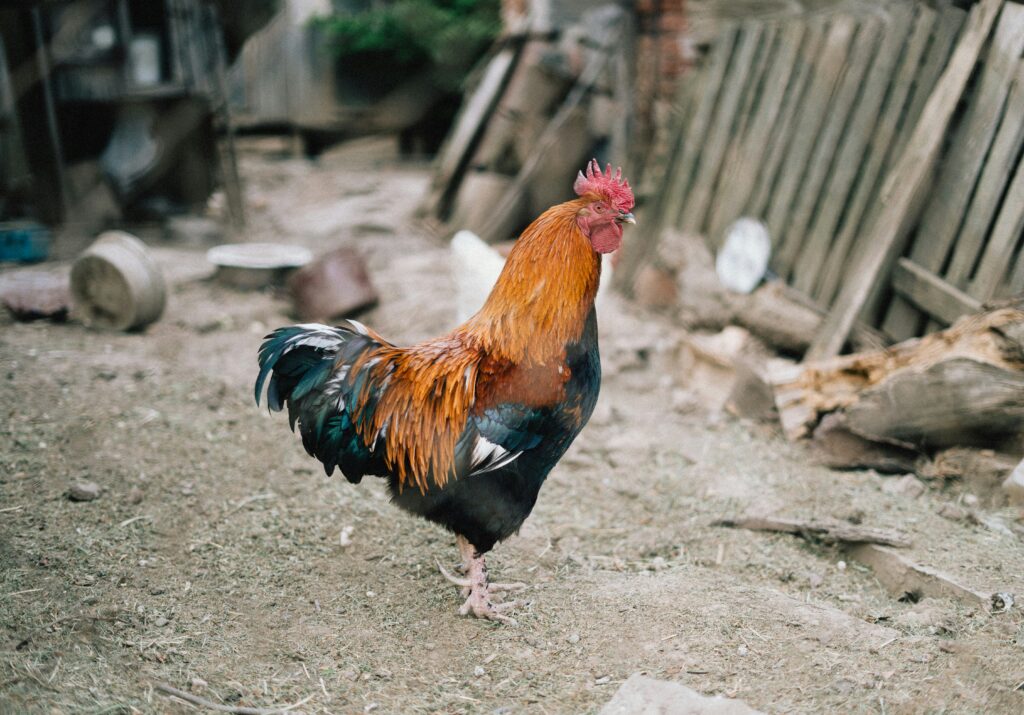
Photo by Michal Dolnik on Unsplash
The Vocabulary of Poultry: Key Terms to Know
Poultry has its own rich language. Let’s clear up some confusion.
Cockerel vs. Rooster
- Cockerel: A young male chicken under 1 year old
- Rooster: A mature male chicken
Clutch, Brood, Flock, and More
| Term | Meaning |
| Clutch | Group of eggs laid by one hen |
| Brood | Group of chicks or hen with chicks |
| Flock | Group of birds (mixed genders usually) |
| Coop | Enclosed chicken house |
| Bantam | Small breed of chicken |
Fun Facts About Roosters
Roosters are more complex than you might think.
Roosters Recognize Faces
Studies show chickens can recognize up to 100 human and animal faces, making them smarter than expected.
They Communicate Through Over 30 Calls
Roosters can signal danger, food, dominance, or courtship using unique vocalizations.
Roosters Have a Built-in Compass
Roosters (and chickens) are believed to have a magnetic sense allowing them to navigate — like tiny GPS-enabled birds.
How to Manage Multiple Roosters on a Farm
Want to raise several roosters? It’s possible — with planning.
Tips for Preventing Conflict
- Keep roosters from the same hatch together
- Avoid introducing new males after hierarchy is set
- Remove hens if you’re managing bachelor flocks
Creating Separate Pens
Use visual barriers and separate enclosures to reduce stress and aggression. Rotational time with hens can also help reduce tension.
FAQs
1. What is a group of roosters called?
A group of roosters is generally called a flock, though this is more commonly used for mixed-gender groups. There’s no official term exclusive to roosters.
2. Can multiple roosters live together?
Yes, but only under specific conditions — enough space, absence of hens, and if they were raised together.
3. Why do roosters fight?
Roosters fight to establish dominance, protect territory, and gain mating rights. It’s a natural instinct tied to their hierarchy-driven behavior.
4. How do I stop my roosters from fighting?
You can reduce fights by providing more space, creating visual barriers, separating aggressive individuals, or keeping a bachelor flock.
5. Do roosters need hens to be happy?
Not necessarily. While they may crow more and act territorial around hens, roosters can live healthy lives without them if well-cared for.
6. Are roosters noisy all day?
Roosters typically crow throughout the day, especially in response to light or noise. Their crowing isn’t limited to mornings.
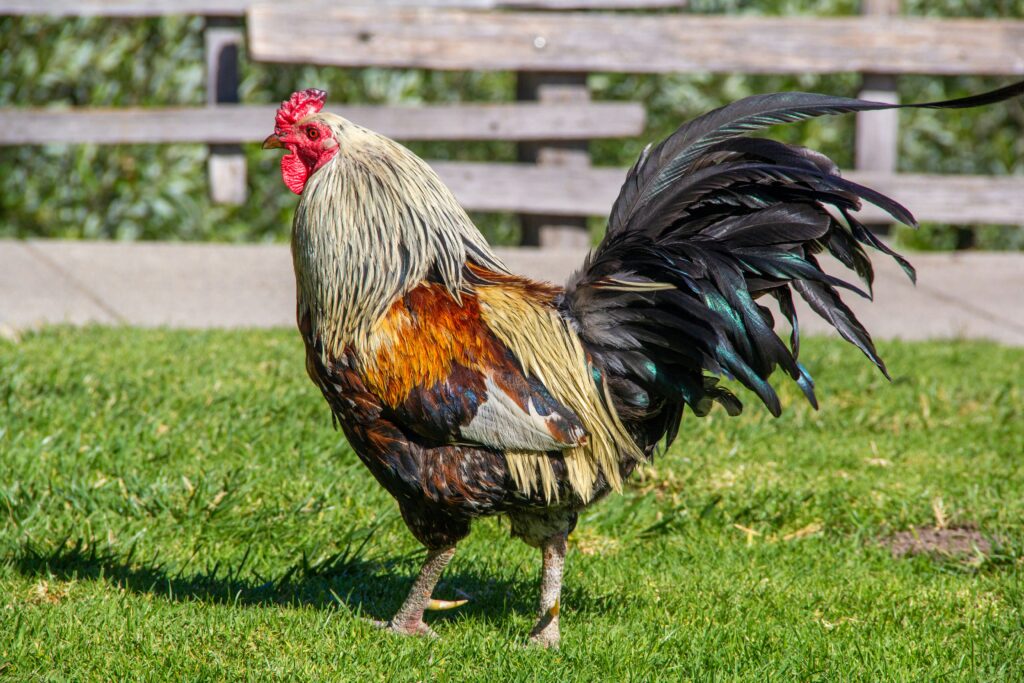
Photo by Daniel Sinoca on Unsplash
Conclusion
While there’s no unique term for a group of roosters, their behavior and social dynamics make them fascinating animals to study and raise. Whether you’re running a farm or simply curious, understanding rooster group behavior helps you care for these proud birds responsibly. From pecking orders to bachelor coops, there’s more to roosters than just their early morning wake-up calls.
